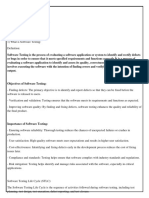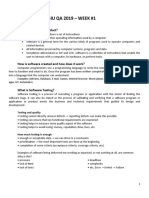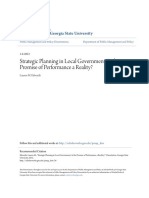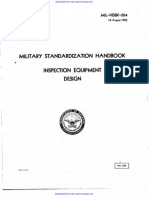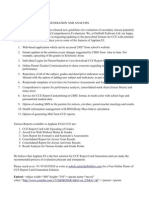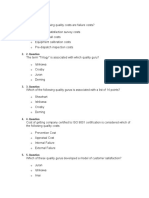0% found this document useful (0 votes)
6 views3 pagesFoundations of Software Testing Notes
The document outlines the foundations of software testing, emphasizing its purpose to identify and fix defects to ensure quality and user satisfaction. It covers various testing methodologies, including Black-Box and White-Box testing, and details the Software Testing Life Cycle (STLC) and the V-Model of Software Testing. Additionally, it discusses key concepts such as program correctness, reliability versus safety, and the principles of effective testing.
Uploaded by
selvajothi252k1Copyright
© © All Rights Reserved
We take content rights seriously. If you suspect this is your content, claim it here.
Available Formats
Download as DOCX, PDF, TXT or read online on Scribd
0% found this document useful (0 votes)
6 views3 pagesFoundations of Software Testing Notes
The document outlines the foundations of software testing, emphasizing its purpose to identify and fix defects to ensure quality and user satisfaction. It covers various testing methodologies, including Black-Box and White-Box testing, and details the Software Testing Life Cycle (STLC) and the V-Model of Software Testing. Additionally, it discusses key concepts such as program correctness, reliability versus safety, and the principles of effective testing.
Uploaded by
selvajothi252k1Copyright
© © All Rights Reserved
We take content rights seriously. If you suspect this is your content, claim it here.
Available Formats
Download as DOCX, PDF, TXT or read online on Scribd
/ 3








































